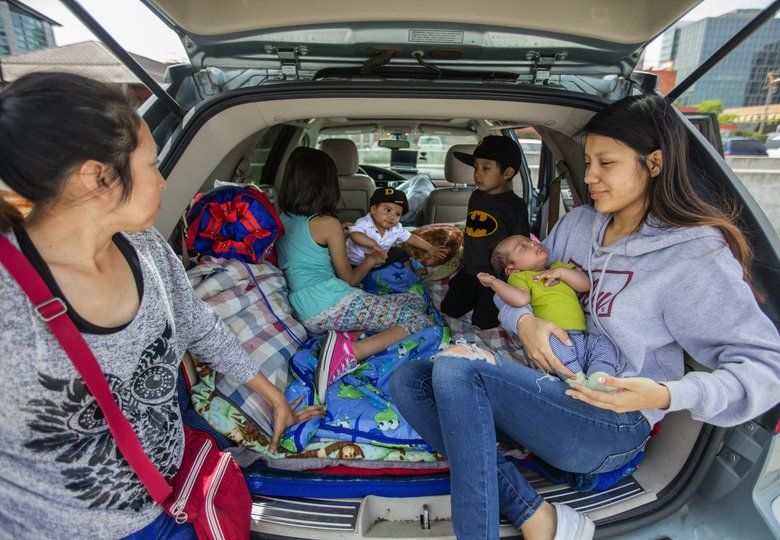
The U.S. Department of Housing and Urban Development’s (HUD) lack of attention to youth homelessness has left children vulnerable and without the proper resources to assist them and break the cycle of poverty. For Fiscal Year 2019, $2.38 billion was provided to Homeless Assistance Grants (HAG), an increase of $133 million over the President’s Fiscal Year 2018 budget request. But most of this money will never make it to support homeless youth.
To be clear, the federal government defines youth as age twenty-four and younger. That means that millions of young parents with babies and toddlers suffer without a home and a pathway to improve their lives and the lives of their children.
HUD’s Point-in-Time (PIT) count is famously inaccurate – particularly when it comes to families. Yet it is incredibly influential because the data dictates how much funding will go to Homeless Assistance Grants (HAG). The PIT count determines which communities qualify for the most funding, and which homeless prevention programs receive federal funding.
The PIT count fails to count large populations of people who are homeless, especially families, women, and youth. Doing a head count of the unsheltered in the middle of the night, in the middle of winter isn’t the best method of counting people who are homeless. Homeless moms and dads are concerned that they will lose their children to child services. With few resources available, they fear having their families torn apart.
Youth, because of their transitory and hidden nature, do not stay in shelters or on the streets, but find shelter on other people’s couches, motels, abandoned sheds, sometimes even trading sex for a place to stay. A study done by the University of Chicago’s Voices of Youth Count found that 1 in 10 young adults ages 18-25 experience a form of homelessness over a 12-month period. Sadly, they will fall through the cracks because they are technically not “unsheltered.”
Here is what is at stake: the living situations of homeless youths are fraught with traffickers, drugs, prostitution, and violence. Most shelters are anything but kid-friendly and services simply do not take into account the important needs of children and youth. Those on the ground report:
- Parents in recovery who have kids are being assigned to living conditions among those still using drugs
- Parents with infants and toddlers are forced to leave their temporary residence during the day
- Infants and toddlers are spending most days in sleepers/strollers because there is no adequate floor space
- Families are being housed in motels which provide emergency housing to registered sex offenders
How can the federal government create a housing policy that directly violates child welfare policy?
We know that housing alone does not solve youth homelessness. Comprehensive programs that transform the lives of parents and ensure the stability and continued educational opportunities for children are essential to solving homelessness and ending the cycle of poverty. HUD’s limited focus is missing opportunities to ensure that all young people can reach their full potential, and not become tomorrow’s homeless adults.
Our communities, providers, and educators are desperate to solve these problems and can’t spend their limited time and energy on failed or inaccurate priorities. To better serve communities and populations such as families and youth, HUD’s definition must change and programs that serve youth-headed families must be prioritized in homelessness assistance policy. To accomplish these goals, Congress should pass the Homeless Children and Youth Act, HR 1511/S 611.

